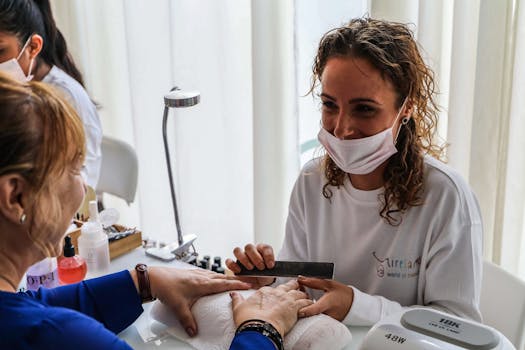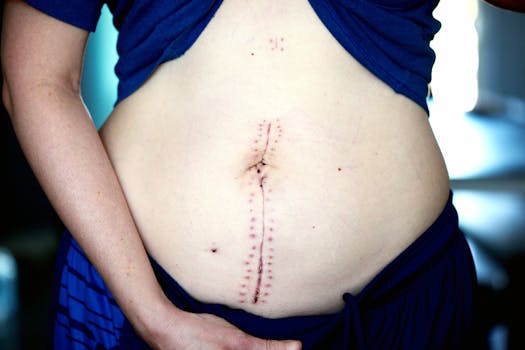Interest in non-surgical cosmetic procedures has grown rapidly, and many people are asking whether minimally invasive options can deliver meaningful change. One option discussed in clinics and online forums is breast enhancement shots, a term that covers a range of injectable approaches aimed at increasing volume or improving shape without implants. This overview explains what these injections are, how they differ from surgery, potential benefits and risks, and what to consider before choosing a provider.
Understanding breast enhancement injections
“Breast enhancement injections” is a broad category that includes everything from temporary dermal fillers placed in the chest to fat grafting performed with injections. A breast augmentation injection may use a variety of materials: hyaluronic acid fillers, autologous fat (harvested from your own body), or other substances. The immediate appeal is fewer incisions, shorter downtime, and the ability to refine results with additional sessions.
Common types and how they work
- Hyaluronic acid-based fillers: Popular for small volume increases and contouring. They are reversible with hyaluronidase if necessary, and often used for subtle shaping.
- Autologous fat transfer: Liposuction is used to harvest fat, which is processed and reinjected into the breast. This can provide a natural-feeling increase and simultaneous body contouring.
- Experimental or off-label injectables: Some clinics offer other products; exercise caution and verify regulatory approval and safety data.
Colloquial names for these procedures include boob injections, breast shots, breast injections, and breast increase injection. Each term may refer to slightly different techniques or materials, but they share the common goal of enhancing breast size or shape without an implant.
Benefits vs. limitations
Benefits of injectable approaches typically include shorter procedures, less visible scarring, and quicker recovery compared with traditional breast augmentation. Fillers for breast lift can also provide mild lifting and contour improvement for patients who want subtle changes. However, limitations also exist: results may be moderate rather than dramatic, multiple sessions might be necessary, and longevity varies by material. For example, hyaluronic acid fillers are temporary, while fat grafting may offer longer-lasting results but is more technique-dependent.
Safety and complications
All injectable procedures carry risks: infection, asymmetry, nodules, fat necrosis (with fat transfer), and interference with future breast imaging. There are also concerns about unregulated products and treatments delivered in nonmedical settings. Before proceeding, confirm that your provider is board-certified in an appropriate specialty and experienced with the specific technique you’re considering.
For background on regulatory perspectives and safety considerations for breast devices and procedures, review authoritative guidance such as the FDA’s resources on breast implants and related safety topics: FDA information on breast implants and safety considerations. While that page focuses on implants, it provides useful context about device safety, adverse event reporting, and patient counseling that applies when evaluating any breast enhancement option.
When thinking about recovery and ongoing skin health after any procedure, innovations in skincare technology can play a supportive role during healing. For ideas on how advances in topical care and devices might complement post-procedure recovery, see this article about the latest breakthroughs in skincare technology and routine transformation: transform your routine with the latest breakthroughs in skincare technology.
Choosing a provider and planning treatment
Select a clinic that offers thorough consultation, transparent pricing, clear explanation of materials used, and documented results. Discuss your goals openly—whether you want a modest volume increase, a lift, or improved symmetry. A reputable practitioner will review your medical history, examine your breasts, explain alternatives (including surgical breast augmentation injection options like implant-based surgery), and show before-and-after photos from similar patients.
Practical considerations include the number of sessions likely required, expected downtime, follow-up schedule, impact on mammography, and how results will be monitored. If you are considering fat transfer, ask about donor site scarring and fat survival rates; for fillers, ask about the product’s approval status and whether it’s reversible.
Cost considerations
Injected treatments can be less expensive up front than surgery, but costs add up if multiple maintenance sessions are needed. Insurance rarely covers cosmetic enhancements, so budget for initial treatment plus potential touch-ups or corrective care.
- Ask about credentials and complication protocols.
- Confirm the exact substance to be injected and whether it is approved or used off-label.
- Request clear before-and-after documentation and patient references if possible.
FAQ
Q: Are breast injections permanent?
A: It depends on the material. Hyaluronic acid fillers are temporary and absorbed over months, whereas fat grafting can produce longer-lasting results. Permanent injectable options are rare and carry higher long-term risk.
Q: Will injectable breast procedures affect mammograms?
A: Yes—any filler or fat grafting can create changes on imaging. Inform your radiologist and surgeon before imaging; additional views or ultrasound may be recommended to distinguish normal postprocedure changes from pathology.
Q: What are alternative names I might hear?
A: Clinics and online discussions may use terms like boob injections, breast augmentation injection, breast enhancement injections, breast enhancement shots, breast increase injection, breast injections, breast shots, or fillers for breast lift to describe these procedures. Always clarify the exact technique and materials when researching options.






